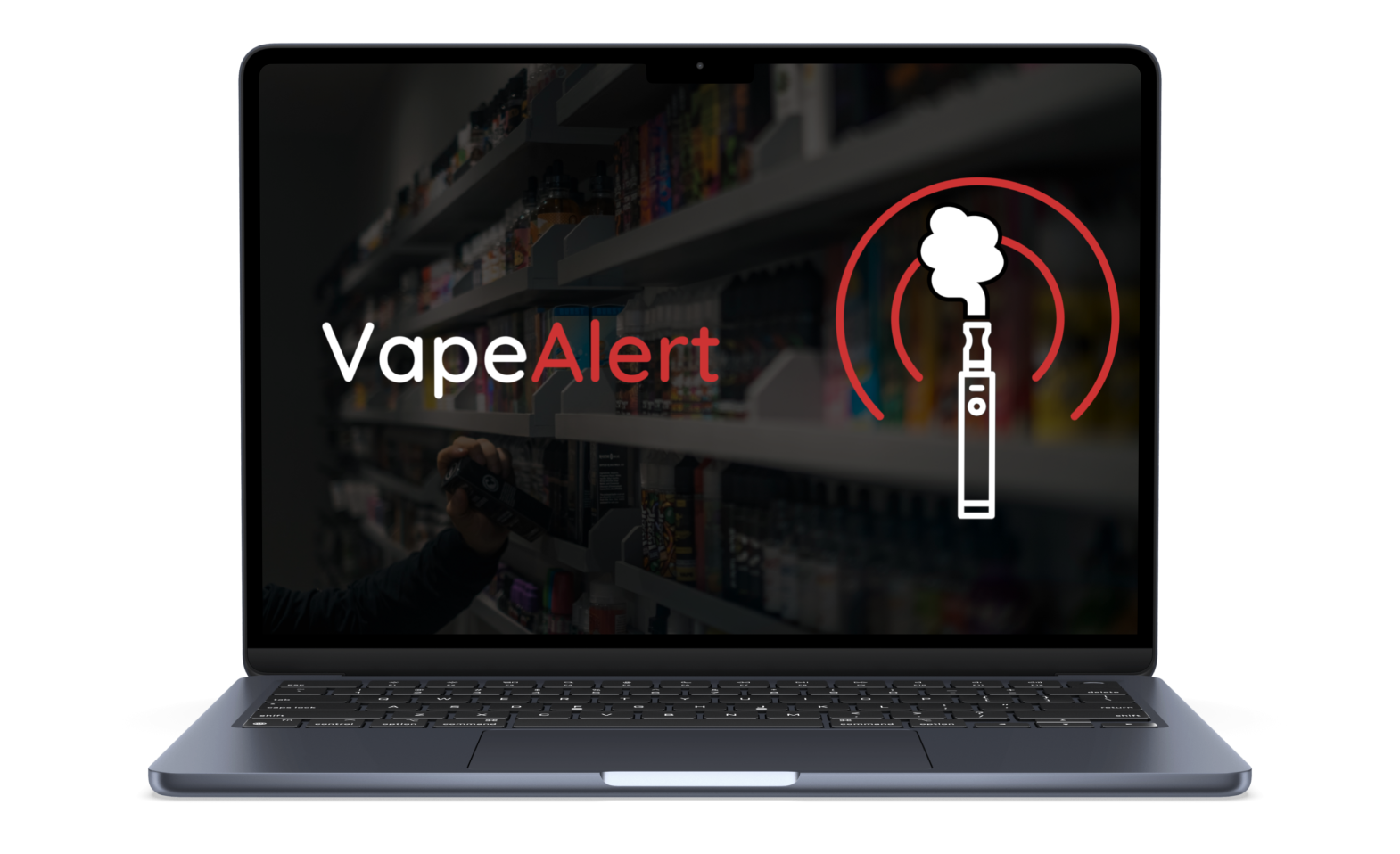What I Would Do Differently
Reflecting on this experience, I am fueled by the desire for continuous improvement and growth. Looking ahead, an area that I would improve on is having more real time interaction with my students. While email and occasional video calls were standard, I observed a lack of real-time interaction and a disjointed flow of information. This led to delayed responses, miscommunications, and a potential loss of energy among team members.
I also aim to set clear boundaries between work and personal life. This involves defining specific work hours and refraining from engaging in project-related tasks beyond those times. By creating a structured framework, I safeguard valuable time for relaxation, hobbies, and spending quality moments with loved ones.
Final Reflection
This internship taught me the skills of fostering effective communication, not only to convey information but to connect, inspire, and facilitate solutions. Not only was I teaching these young entrepreneurs the importance of being a leader in their community, but I also learned from them. Many of these young students had rough backgrounds, but when you show them that they have a place in the world of technology, you can see the ambition in their eyes. As a person of color, I saw that a Hispanic male from South LA can one day work at a tech company.
In essence, this journey has solidified my dedication to project management, one that weaves together technical proficiency, innovative strategies, and a deep understanding of the human dynamics that drive projects to new heights. As I move forward, I carry these lessons with me, each experience is a stepping stone toward further mastering the skill of collaboration and impactful project management.











